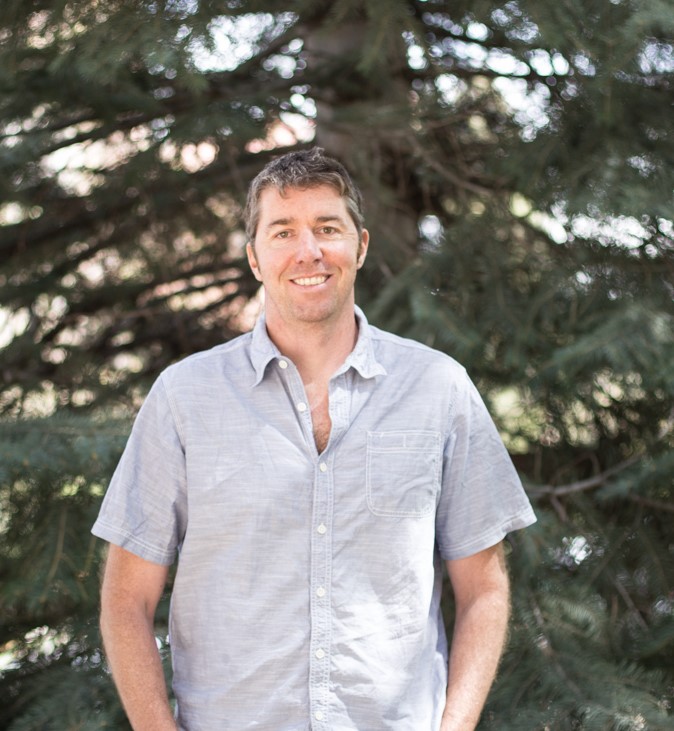Exploring the Microbial Ecology of Our Homes

Dr. Fierer has conducted research on microbes in a variety of habitats, from soil systems to the lower layers of the Earth's atmosphere. If you're interested in the ecology of bacteria, fungi, viruses, and archaea in the built environment, or you simply want to know what lives in your showerhead... you won't want to miss this talk!
— Simone Albuquerque, MESM 2021
Abstract
Microorganisms are ubiquitous in our homes. Although most of these microbes are innocuous, some can impact human health. Unfortunately, we have a limited understanding of how and why these microbial communities may vary across homes. I will highlight projects that leverage the power of 'citizen science' to investigate the microbes found inside homes. In the first set of studies, we collected dust from households across the U.S. to understand the distributions of airborne bacteria and fungi inside homes. More recently, we have been focusing on those bacteria living inside showerheads. Showerheads can harbor mycobacteria, a group of bacteria that includes pathogens capable of causing nontuberculous mycobacterial (NTM) lung infections, an increasing threat to public health. To determine the spatial distributions in mycobacteria, we recruited volunteer households from across the U.S. to sample their showerheads. Showerhead mycobacterial communities exhibit pronounced geographic variation, with households receiving chlorine-treated water having particularly high abundances of mycobacteria. Regions where NTM infections are most common were the same regions where pathogenic mycobacteria were most prevalent in showerheads, highlighting the likely importance of showerheads in the transmission of NTM infections. Together these results demonstrate the power of a 'citizen science'-based approach to improve our understanding of those microbes living with us in our homes and their effects on human health.
Bio
Noah Fierer is a professor in the Department of Ecology and Evolutionary Biology and a fellow in the Cooperative Institute for Research in Environmental Sciences at the University of Colorado Boulder. He conducts research on the microorganisms living in a range of environments, including those microbial communities living in soil, on plants, and in the atmosphere. His work largely focuses on exploring the diversity of microbial communities (using high-throughput DNA sequencing-based approaches), identifying the fundamental controls on microbial processes, and examining the mechanisms by which microorganisms influence human health and the health of ecosystems. For more information, visit the Fierer Lab website.